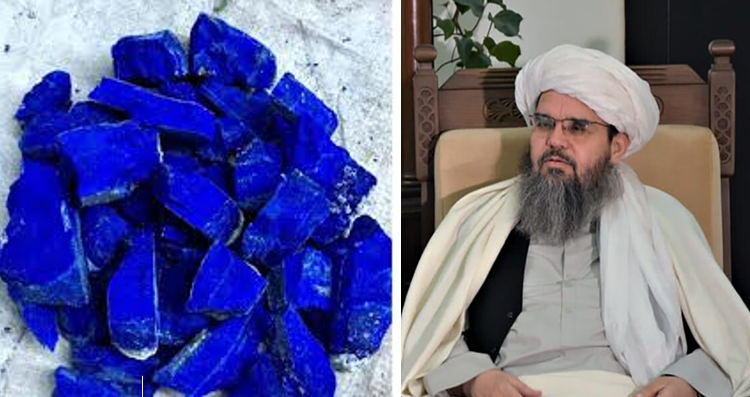RASC News Agency: The Taliban’s Ministry of Mines and Petroleum boasts that since 2021 it has signed 203 mining contracts with domestic and foreign companies, encompassing 175 small and 28 large deposits. By the group’s own accounting, the headline values are dazzling: USD 7.5 billion in the large concessions and roughly 10 billion Kabuli rupees in the smaller ones. The ministry further claims that 10 new contracts were concluded in just the past 12 months, supposedly injecting “billions of dollars” into Afghanistan’s economy and creating “thousands” of jobs for Afghanistani citizens. Strip away the spectacle, however, and a different picture emerges: an extractive regime run behind closed doors, without transparency, independent oversight, technical due diligence, or environmental safeguards engineered to fund the Taliban’s patronage machine rather than Afghanistan’s development. Independent analysts say many of these contracts are negotiated in secrecy, devoid of public tenders, environmental impact assessments, or credible feasibility studies. In the absence of free media and functioning watchdog institutions, no verifiable data exists on real extraction volumes, revenue flows, compliance with safety standards, or the allocation of profits.
Companies winning the rights to mines, observers note, are frequently fronts for Taliban commanders, provincial governors, relatives, or allied business networks entities with little to no experience in modern mining, worker safety, or environmental protection. Unsurprisingly, the proceeds rarely translate into clinics, roads, schools, or jobs in the communities where extraction occurs. Instead, they are diverted into the pockets of power brokers and the Taliban’s military-financial ecosystem. The consequences are visible across Badakhshan, Bamiyan, Khost, Kunar, Farah, and Maidan Wardak provinces rich in minerals but barren of basic services. Locals report no meaningful employment, no infrastructure upgrades, and no social-investment projects, while witnessing the accelerated degradation of their lands and water sources. Far from catalyzing regional development, the mines have intensified displacement, local violence, ethnic competition, and informal taxation, turning whole districts into arenas of coercive extraction and social fracture.
What the Taliban sell as “economic achievement” is, in practice, a resource-capture strategy: minerals as hard currency for consolidating political power, underwriting security patronage, and suffocating dissent. It is the classic architecture of a resource curse a state that grows richer in subsoil wealth while its people grow poorer, its governance weaker, and its environment more ravaged. Key warning signs abound:
No transparency architecture: no publication of full contracts, beneficial ownership, royalty rates, cost-recovery formulas, or production data; no independent audits; no community-benefit agreements. No credible environmental regime: no publicly available EIAs, reclamation plans, tailings management strategies, or binding liabilities for remediation. No labor protections: miners working with rudimentary tools, minimal safety equipment, and no independent unions or grievance channels conditions repeatedly linked to fatal accidents. No equitable fiscal design: revenues where they exist are neither traceable nor earmarked for provincial development; instead, they are reportedly funneled into opaque Taliban networks. No social license: communities are treated as obstacles to be policed, not stakeholders to be consulted and compensated.
If Afghanistan’s mineral sector were genuinely intended to serve the public good, the minimum safeguards would be unmistakable: full contract disclosure; independent, public EIAs; ring‑fenced subnational revenue sharing; third‑party audits; enforceable worker-safety regimes; community development agreements with legal standing; and an empowered, protected press to scrutinize every ton extracted and every dollar disbursed. None of these pillars exists under Taliban rule. Instead, the country is being marched toward a familiar precipice: high-value extraction with low-value governance, where the only thing that scales is corruption. Left unchecked, Afghanistan’s fabled mineral endowment often touted as a pathway to sovereignty and growth will calcify into a permanent poverty trap, financing repression while poisoning land, fracturing communities, and foreclosing the future.
The Taliban call it development. The numbers they tout are large. But the question that matters is simple: Who benefits, who pays, and what will be left when the veins run dry? Until transparency, accountability, and community rights are non-negotiable conditions of every mine, the answer is already written in dust, displacement, and the deepening silence of those the regime has pushed out of the conversation.






